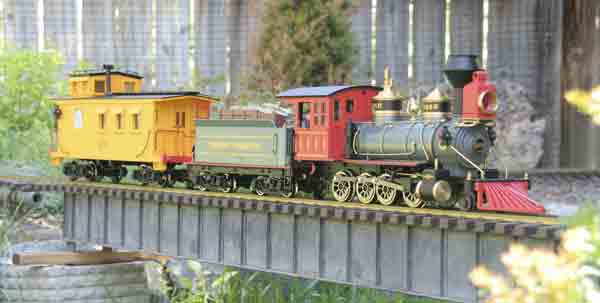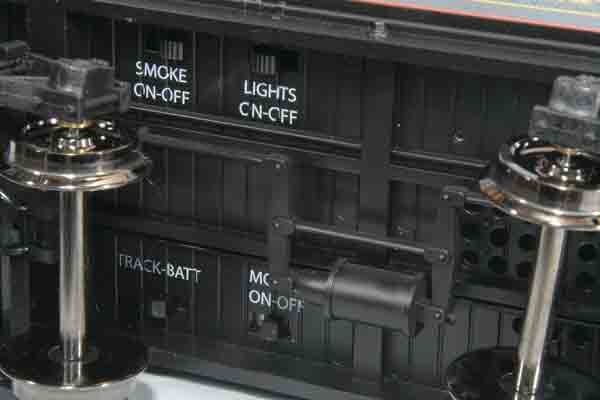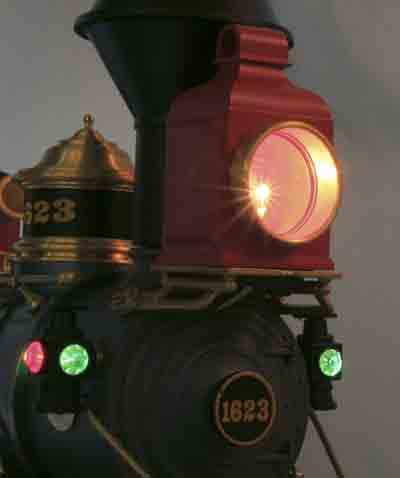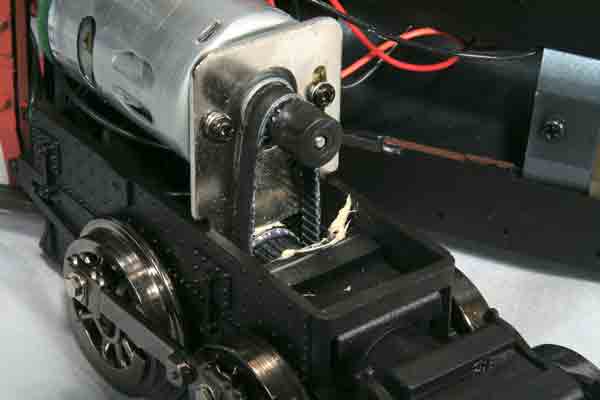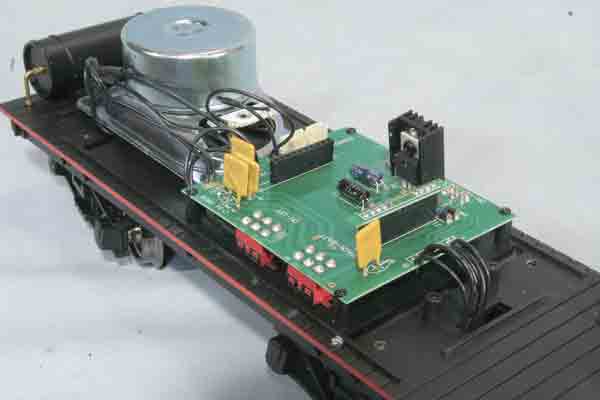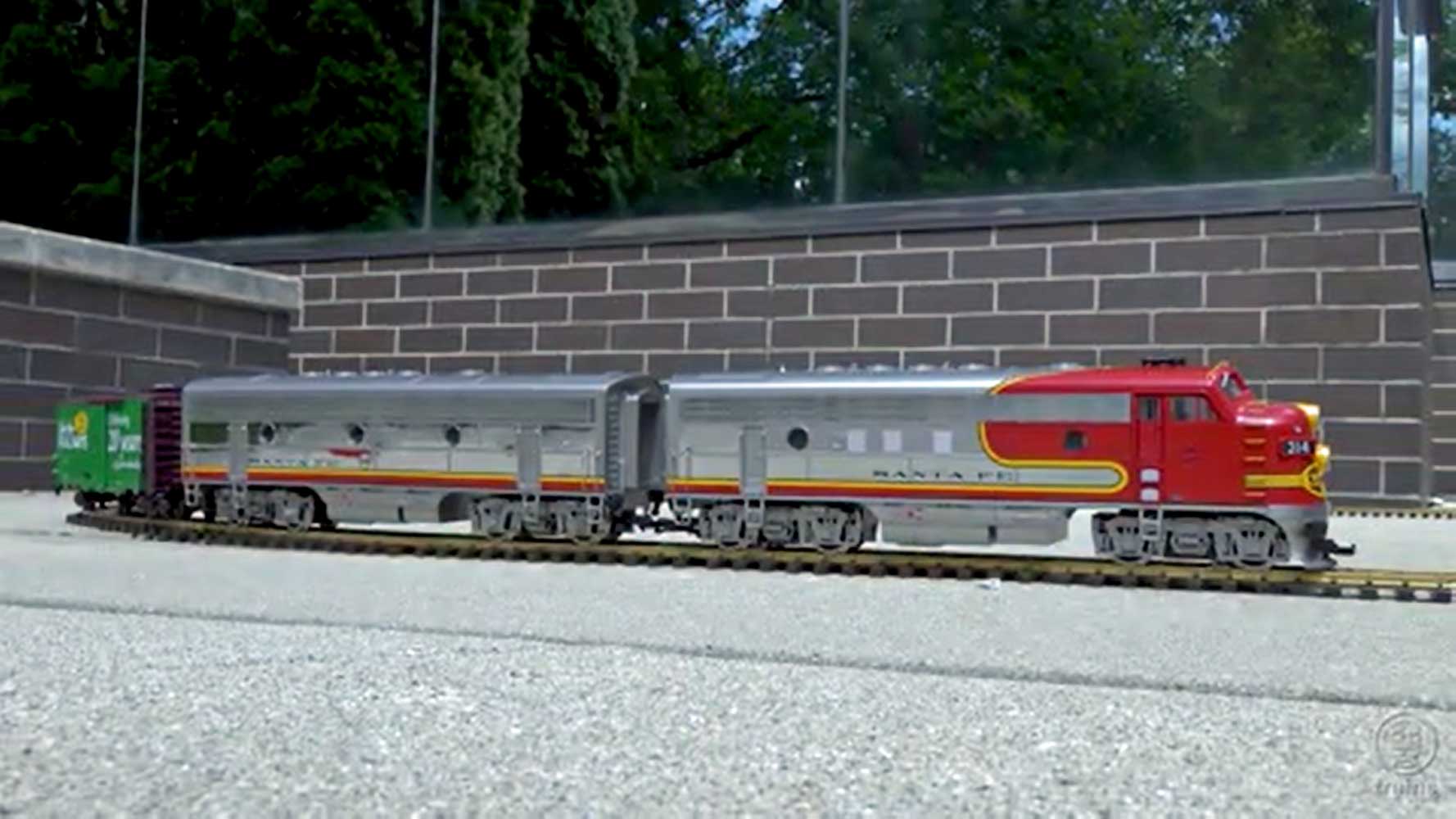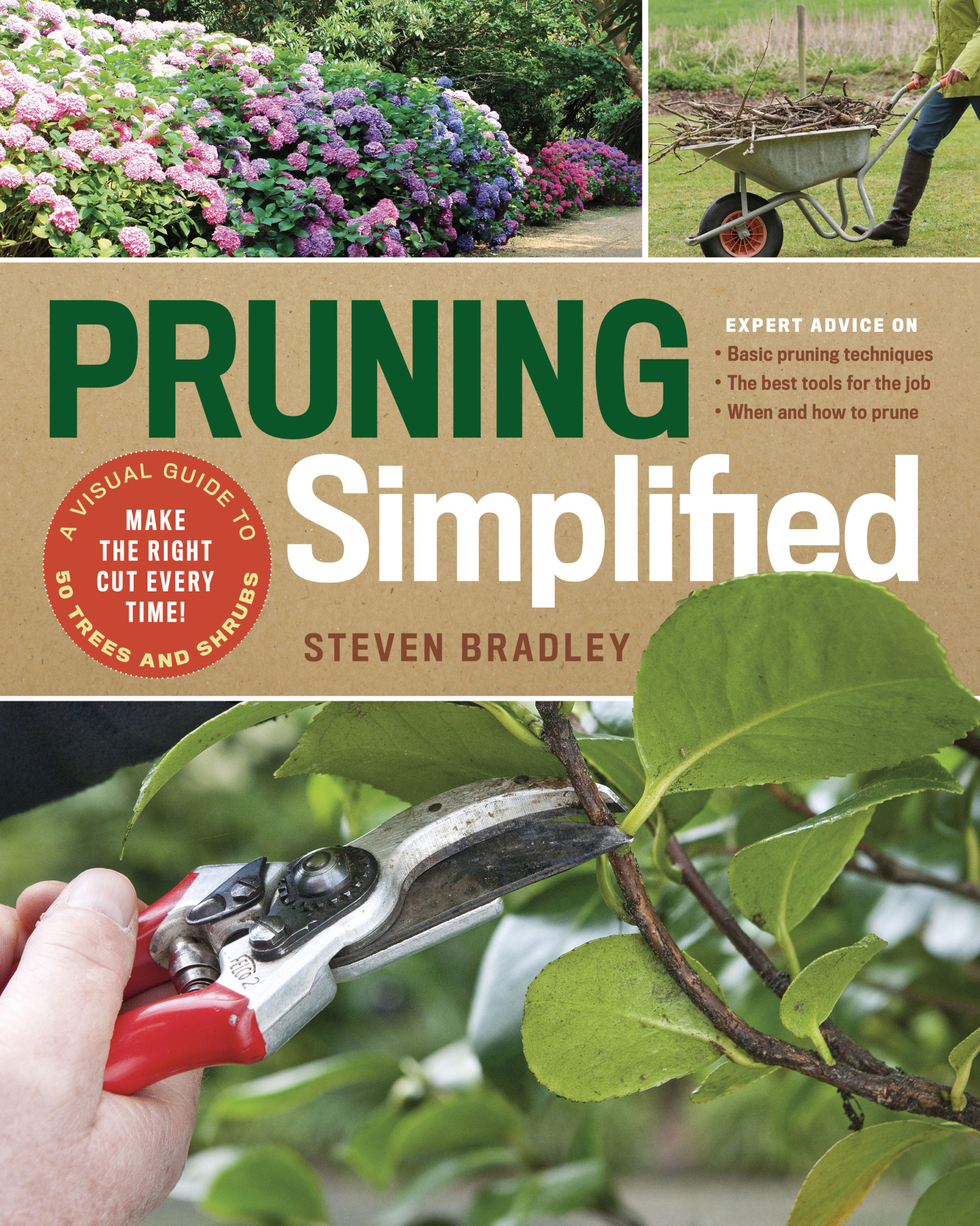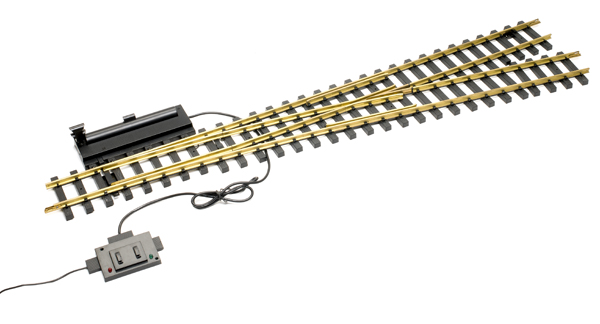1:24 scale, gauge 1, ready-to-run 2-8-0 (with wood-style caboose)
Aristo-Craft Trains
698 S. 21st St.
Irvington NJ 07111
Price: $420
Web site: www.aristocraft.com
Plastic, electrically powered model of the C-16 class (formerly class 60) locomotive of the Denver & Rio Grande Railroad; comes with a matching plastic model of the D&RG wood long caboose; minimum radius, 2′. Dimensions (locomotive): length, 25¾”; width, 4″; height, 6¾”. Dimensions are very close to published drawings for the prototype
Pros: Proportions match published drawings in many key dimensions; new drive train is robust, smooth, and quiet
Cons: Limited pulling capacity (though similar to prototype); drive wheel back-to-back spacing tighter than common practice, may cause problems on some switches; headlight reflector red, not silver (mirrored); classification-lamp lenses wrong color
I hesitate to call this engine “new,” but it most certainly is “improved.” In fact, the locomotive has been available for more than 20 years. It was first brought to the large-scale community by Delton Locomotive Works. When they went out of business the molds were bought by Caledonia Locomotive Works. Caledonia improved on the locomotive’s somewhat problematic drive train, but the engine still failed to capture the market’s attention. Aristo-Craft bought the molds from Caledonia, along with most of the other former-Delton molds, and re-released the locomotive with yet another drive train, this one far more robust, but not without issues (such as raising the boiler and cylinders higher above the wheels). This latest version of the C-16 corrects that problem with a new drive train that, so far, has proved to be incredibly robust and lowers the boiler to its proper location.
I was surprised to learn that despite the model’s long history, it had not appeared for review in GR. It’s an unassuming locomotive, somewhat diminutive in stature, so it’s easy to overlook. I was originally planning to spend most of the space talking specifically about the new drive train, but I think some overall comments are warranted.
I’ve always liked the looks of this engine. I’ve owned and modified a few over the years. I had never compared the model with the measurements of the prototype, though. I had assumed, like so many models at that time, certain liberties were taken. To my surprise, this locomotive measures almost identically to published drawings. The wheelbase is around 8″ shorter, and the tender is a touch short too, but in terms of width, height, and other dimensions, it is very close.
The construction of Aristo-Craft’s locomotive is well done. Handrails and other details are of brass, so they’ll withstand some punishment. The rest is a durable plastic. Lettering on my review sample is crisp, though complete fantasy-the Union Pacific never had C-16s. My one complaint concerns the use of a somewhat sparkly blue paint for the boiler. For some unknown reason, model-train manufacturers have been using blue paint in an attempt to simulate Russia-iron boiler jackets found on c. 1880s locomotives. Russia Iron isn’t blue! I’d love to see a manufacturer use a proper mirrored-gray finish for boiler jackets. Paint is available that simulates that nicely.
Speaking of reflective surfaces, the reflector of the headlight is noticeably lacking one. It’s red-just like the rest of the headlight, and horridly ugly when illuminated. Between the glowing red headlight and the red and green classification lamps on the front, I’d expect this loco to spend its time running backwards. Classification lamps are green and white, if illuminated at all.
Operationally, the locomotive makes up for these shortcomings. The new drive train is everything it’s cracked up to be. I’ve owned a C-16 of every drive-train configuration offered. The early ones no longer run because of motor and gear issues. This one won’t quit. All four axles are driven via individual gear boxes. A drive shaft connects them to the motor via a toothed rubber belt. The whole thing is quite rugged; I could not physically stop it without risking damage to the wheels.
The locomotive starts moving at around 1.5V, drawing .7 amps at startup. Once moving, it settles to .5 amps. The starting speed isn’t quite as slow as I would have liked, but it’s still a nice crawl.
Top speed at 20V exceeds the prototype’s maximum by a wide margin, but for the battery folks, speed is quite reasonable at 13V. With wheels slipping, the locomotive draws 1.5 amps.
The the back-to-back wheel spacing on the locomotive is set at 1.535″. They are consistent in this measurement. However, this is narrower than the G1MRA (and commonly accepted) back to back spacing of 1.575″. This will cause the wheels to bind or bump on the guard rails of third-party-manufacturer switches built to G1MRA standards. This shouldn’t pose a problems on
Aristo-Craft’s or LGB’s switches, which are built to significantly looser tolerances.
Brightness of the lights on the locomotive is proportional to the voltage. There’s the headlight, classification lights, and a light in the firebox that gives a nice glow (constant, not flickering) through the firebox door on the backhead.
Everything on the locomotive is controlled from the tender. Four switches on the underside control power to the motor, lights, smoke unit, and select between battery and track power. Inside the tender sits Aristo-Craft’s plug-and-play socket (similar to Bachmann’s, reviewed in the Aug. ’08 GR). There’s also a speaker installed, should you want to put in a sound system. Connecting Aristo-Craft’s own R/C equipment is a simple matter of plugging it into the socket. Alas, with the size of this board and the speaker, there’s precious little room for batteries in the tender. Aristo-Craft does supply a pig-tail plug at the back end of the tender into which can be plugged batteries from a trailing car. If you wanted to fit control, sound, and batteries inside the tender (it can be done), you’d have to ditch Aristo-Craft’s circuit board, cut the wires going to it, and wire things directly. Fortunately, having everything controlled from the tender makes this relatively simple.
If there’s one major weakness of this locomotive, it’s that the engine is a bit of a lightweight. It’s got a beefy, nothing-can-stop-me motor-and-gear train, but only 20 ounces of drawbar pull. That’s not a lot-about 16 cars on the level. I had four cars behind it on a 4% grade, which was pretty much its limit. There’s a little room in the boiler for additional weight, which could help significantly. Having said that, the prototype wasn’t a heavy hauler, either. Four or five cars up a 4% grade would have been all it could have handled, too.
The Aristo-Craft (nee Delton) C-16 is really the sleeper locomotive of the large-scale community. It’s been around a long time, but few really know about it. With this new drive train, I think that this hidden gem is finally ready to shine. It’s always been a good-looking locomotive, and now it’s finally got the mechanics to match.





